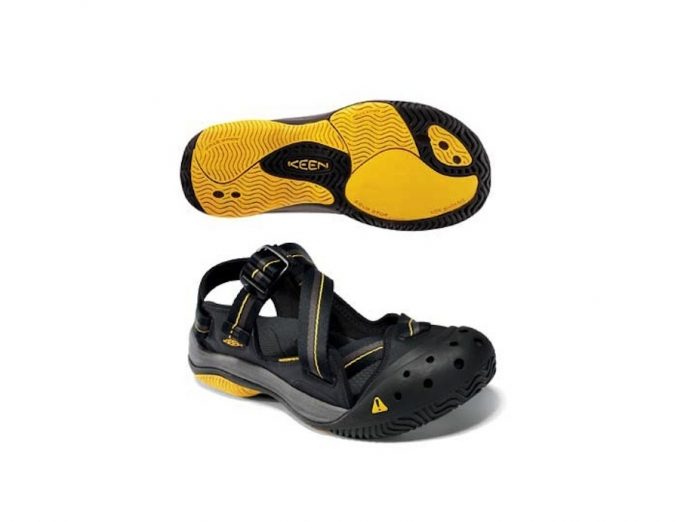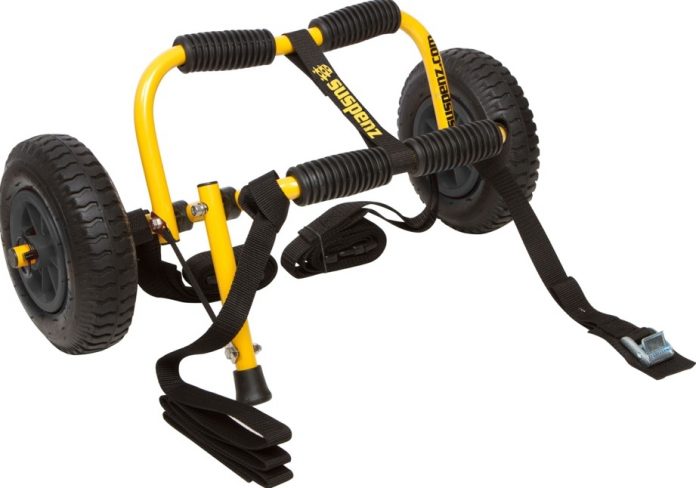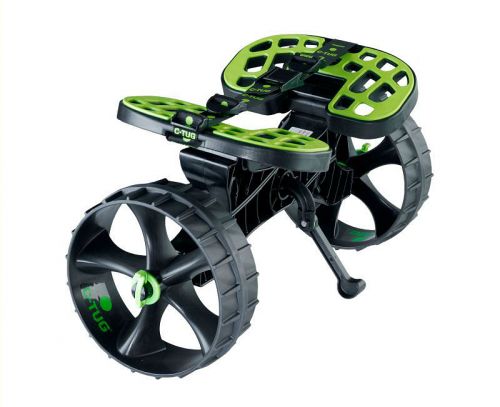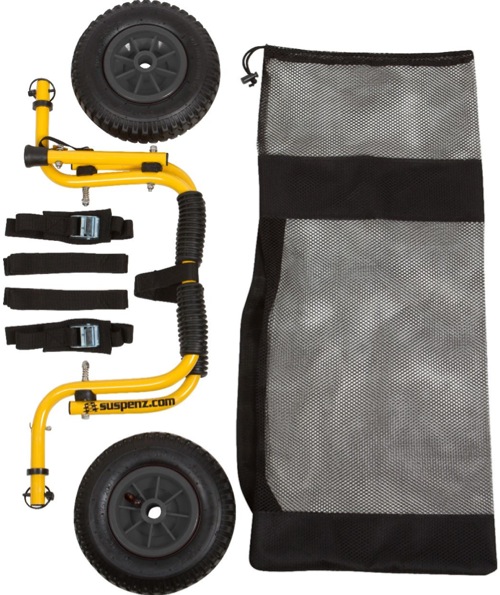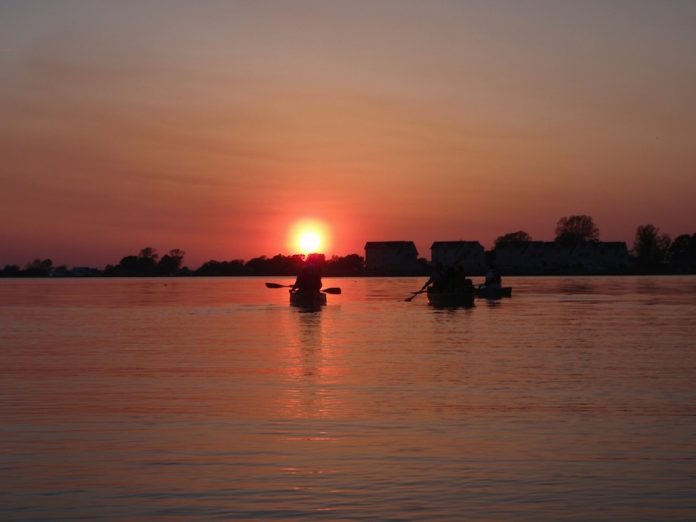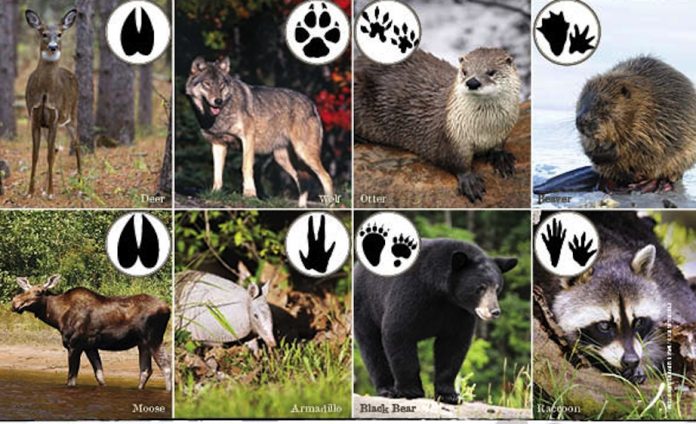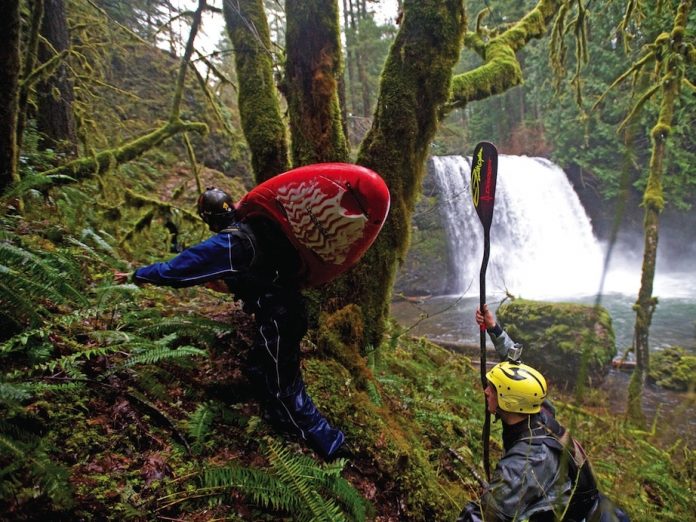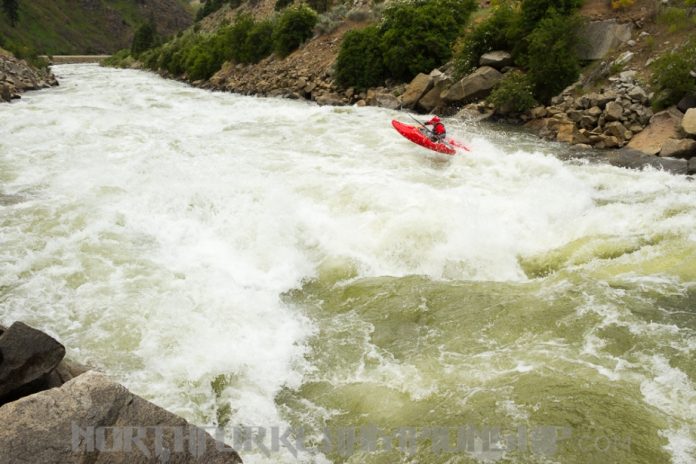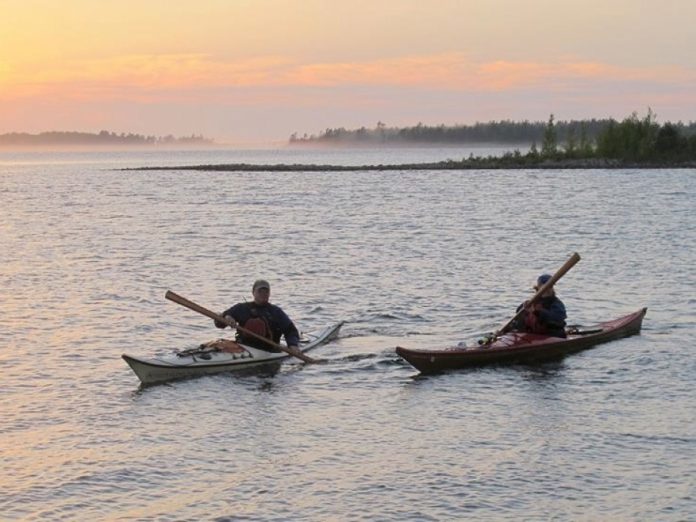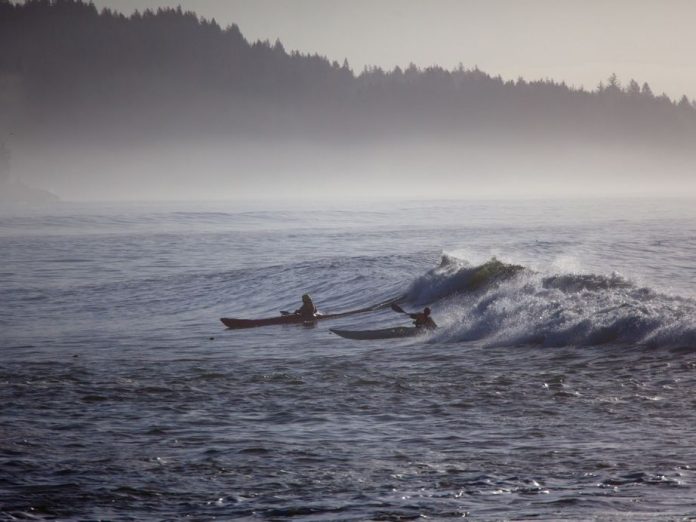This article originally appeared in Rapid magazine.
At 19 and 17, respectively, Todd and Brendan Wells may be short on years, but they have no shortage of time on the river.
Geography and genes have delt the trump card. Their hometown, the tiny community of Trout Lake, Washington, rests in the shadow of Mt. Adams, where meltwater from the Cascade Range’s glaciers and winter snows bring class V drops right to their backyard. The brothers’ father, James Wells, is a former Alaska raft guide and outfitter who brought the boys along on multi-day whitewater trips before they could walk.
“My first memory of water is the Kenai River,” recalls Brendan, “Bobbing up and down in a big yellow raft, looking down at hundreds of king salmon swimming up brilliant turquoise water.”
The brothers bought their first whitewater kayak together six years ago. “Since then we’ve been at each other’s sides pushing one another to become better paddlers,” Todd says. Seeing his kids embrace kayaking, James used his business savvy to help resurrect the World Class Kayak Academy (WCKA), a traveling high school now based in Trout Lake. The brothers each spent a semester with the school studying and kayaking abroad.
“Our paddling skills progressed quickly and over the course of a year we went from nervously paddling class III–IV whitewater to charging some of the most difficult class V rivers in our area,” Todd says.
Back home, Brendan adds, “We paddled every day after school, convincing my parents that we were going to paddle much easier whitewater and waterfalls than we ended up doing.”
Last spring, Brendan skipped his math class to become the youngest person to run 70-foot Outlet Falls. It wasn’t his first big drop; he also holds the world record for tallest waterfall by youngest junior: 82 feet at age 15. But the Wells brothers’ accomplishments aren’t limited to dropping waterfalls. Todd is the youngest person to kayak the near mythical rapids of B.C.’s Grand Canyon of the Stikine.
Paddling the cutting edge is risky and the two have had more than a few close calls. Brendan remembers when a descent of the Little White, a backyard creek he has run dozens of times, went sour. Getting worked in a hole above a 10-foot ledge, he says, “I knew I was in a bad situation. Tao Berman pulled me out just before the lip as I watched my brother’s new Nomad go over the drop and into an undercut cave. Todd’s boat finally flushed several months later, in half.”
Two years ago, Todd broke his back on Money Drop, a 50-footer not far from his Washington home. He admits he was “lucky to walk away with only a light break and two to three months of recovery,” but says the experience gave him a hard-earned perspective that has helped him to keep charging.
His sons’ penchant for running huge drops has put James in a “tricky situation.” He explains, “[My wife] Sally and I are dedicated to supporting their individual passions while keeping balance. Lately, I’ve considered starting a crusade to bring more awareness to the dangers and long term physical, emotional and financial consequences of going big.”
Looking ahead, the brothers say they hope to explore Africa, the Pacific NW and Alaska, teach with the WCKA, compete in the Whitewater Grand Prix and keep learning from the river.
“On and off the water, things rarely go exactly as planned,” says Brendan, “Take a breath and try to make the most of the outcome.”
To see what the brothers are up to now, check out: brendanwellskayaking.blogspot.com, toddwellswhitewater.blogspot.com, www.youtube.com/user/WellsBrotherProds and www.worldclassacademy.com.
This article originally appeared in Rapid, Spring 2012. Download our free iPad/iPhone/iPod Touch App or Android App or read it here.



